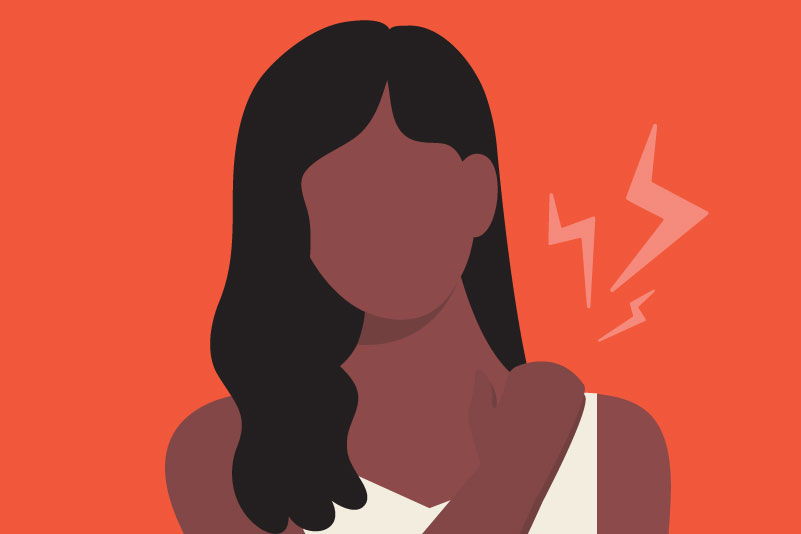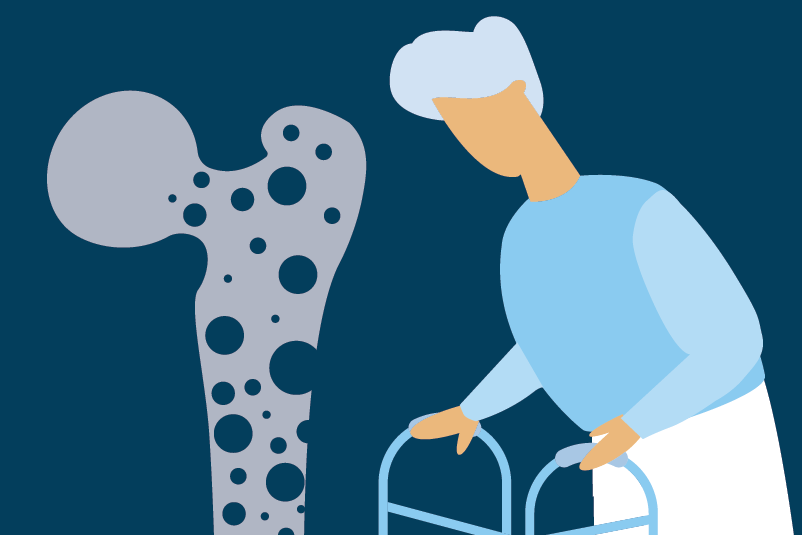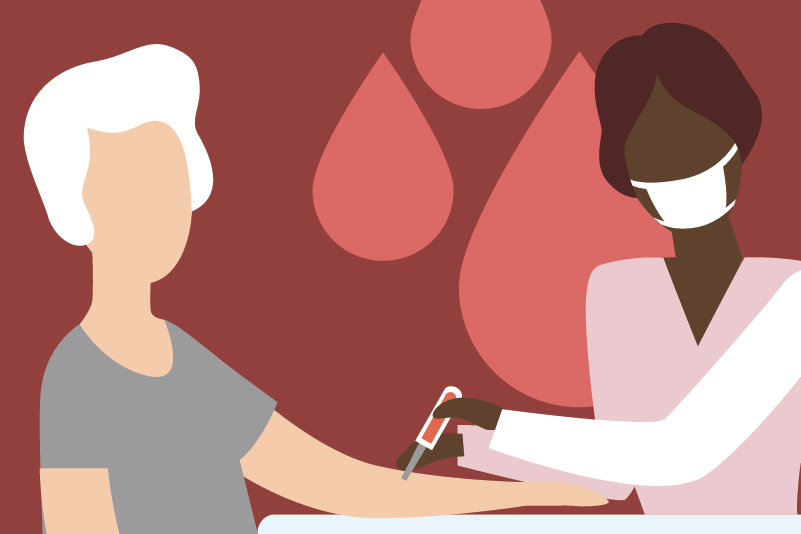#79 Iron Supplementation in Non-Anemic Women with Unexplainable Fatigue: Another Tired Theory?

Reading Tools for Practice Article can earn you MainPro+ Credits
Join NowAlready a CFPCLearn Member? Log in
- 294 women with serum ferritin <50 µg/L,1 intravenous iron 1000 mg or placebo x1 dose, followed x8 weeks
- Iron statistically significantly improved fatigue score by 0.8 points versus placebo (22-point scale)
- More patients reported >50% improvement in their fatigue with iron: 33.3% versus 16.4% with placebo, number needed to treat (NNT)=6
- Adverse events: Iron 57.2% versus placebo 49% (p=0.16).
- Iron statistically significantly improved fatigue score by 0.8 points versus placebo (22-point scale)
- 198 women with serum ferritin <50 µg/L,2 oral ferrous sulfate (80 mg elemental iron) or placebo daily x12 weeks
- Iron statistically significantly improved fatigue score by 3.5 points versus placebo (40-point scale)
- No significant effects on quality of life, depression or anxiety.
- Adverse events: Iron 34.3% versus placebo 25% (p=0.20).
- 144 women,3 oral ferrous sulfate (80 mg elemental iron) or placebo daily x4 weeks
- Iron statistically significantly improved fatigue score by 0.97 points versus placebo (10-point scale)
- In subgroup analysis, only benefit if serum ferritin <50 µg/L.
- 90 women with serum ferritin <50 µg/L,4 intravenous iron 200 mg or placebo x4 doses in 2 weeks, followed x12 weeks
- No statistically significant difference in fatigue score
- However, significantly more patients reported “slight or better improvement in fatigue” with iron on a different fatigue questionnaire
- Iron 63% versus placebo 34%, NNT=4
- However, significantly more patients reported “slight or better improvement in fatigue” with iron on a different fatigue questionnaire
- Adverse events: Iron 53% versus placebo 66%.
- No statistically significant difference in fatigue score
- Interpretation is challenged by:
- Each study using multiple and differing scales
- High placebo response
- Small changes in scales with no validated minimal clinically important differences
- One study2 later5 provided the number of patients reaching cut-offs of uncertain relevance: None significant (if adequately powered, NNT might be ~10).
- Cost: Oral iron costs $20 for a year’s supply;6 one 1000-mg dose of intravenous iron costs ~$300-450.7






